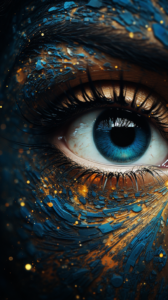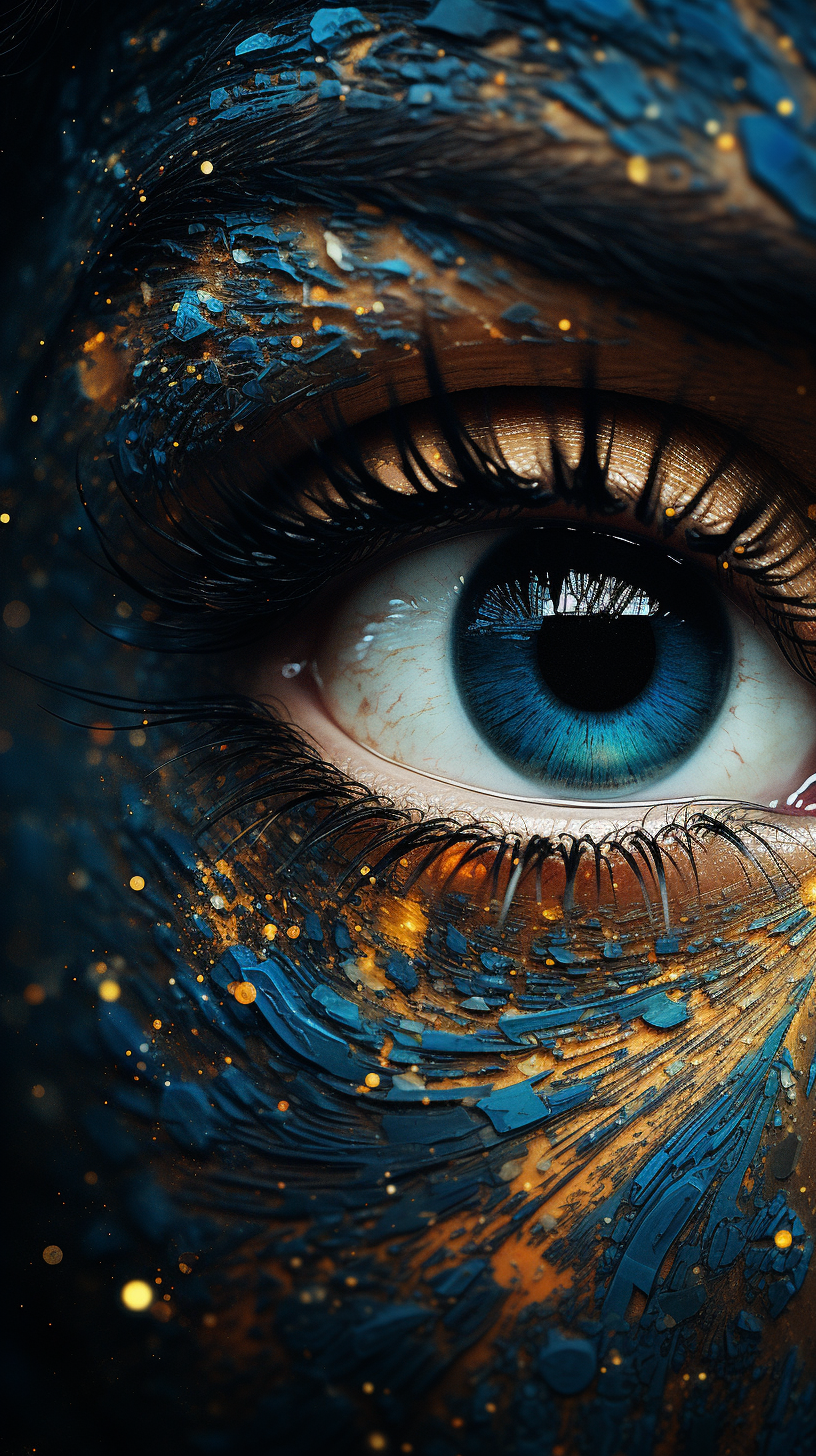Introduction to Midjourney
Midjourney is a revolutionary tool in the realm of artificial intelligence, reshaping the boundaries of creative expression. By harnessing the power of AI, Midjourney allows users to generate stunning, unique visual content from simple prompts. It’s a perfect blend of art and technology, where the user’s imagination is the only limit.
The following is a list of parameters that can be used in MidJourney prompts. These parameters are like the secret ingredients in a recipe that allow you to customize and fine-tune the output to your specific taste. They give you the flexibility to guide the AI, to mold the result according to your unique vision. Whether you want to adjust the aspect ratio, the quality, the style, or explore the boundaries of unusual aesthetics, these parameters are your tools. Mastering these can help you unlock the full potential of MidJourney and create truly unique and stunning visuals. So, let’s delve into these parameters, understand what they do, and how they can be used.
Parameter Quick Reference
- Aspect Ratios (–aspect, –ar)
- Chaos (–chaos)
- Fast (–fast)
- Image Weight (–iw)
- No (–no)
- Quality (–quality or –q)
- Relax (–relax)
- Repeat (–repeat or –r)
- Seed (–seed)
- Stop (–stop)
- Style (–style)
- Stylize (–stylize or –s)
- Tile (–tile)
- Turbo (–Turbo)
- Weird (–Weird)
- Niji (–niji)
- Version (–version or –v)
Aspect Ratios (–aspect, –ar)
--aspect, --ar
This parameter allows you to change the aspect ratio of your generated image, providing flexibility to fit different formats and platforms.
Chaos (–chaos)
--chaos <number 0–100>
Want to add a touch of unpredictability to your creations? The –chaos parameter changes how varied the results will be, with higher values producing more unusual and unexpected generations.
Fast (–fast)
--fast
In a hurry? The –fast setting overrides your current setting and runs a single job using Fast Mode, speeding up the creation process.
Image Weight (–iw)
--iw <0–2>
This parameter sets the image prompt weight relative to text weight, providing a balance between visual and textual input. The default value is 1.
No (–no)
--no
This is used for negative prompting. For instance, –no plants would try to remove plants from the image, giving you more control over the content of your image.
Quality (–quality or –q)
--quality <.25, .5, or 1> or --q <.25, .5, or 1>
This parameter determines how much rendering quality time you want to spend. Higher values use more GPU minutes but yield better quality, while lower values use less but may compromise on detail.

[Close up picture of an woman pupil] ::3
[A picture of a spiral galaxy from space] ::4
, 8k, V 5. 2 ::1
Relax (–relax)
--relax
Want to slow things down a bit? The –relax setting overrides your current setting and runs a single job using Relax Mode, taking more time to generate the image but potentially leading to higher quality results.
Repeat (–repeat or –r)
--repeat <1–40> or --r <1–40>
Want to create multiple jobs from a single prompt? –repeat is useful for quickly rerunning a job multiple times, allowing you to explore a range of outcomes from the same initial prompt.
Seed (–seed)
--seed <integer between 0–4294967295>
This parameter allows you to specify a seed number, which Midjourney uses as a starting point to generate the initial image grids. Using the same seed number and prompt will produce similar ending images, providing a way to reproduce similar results with different tweaks.
Stop (–stop)
--stop <integer between 10–100>
This parameter allows you to finish a job partway through the process. Stopping a job at an earlier percentage can create blurrier, less detailed results, offering another way to control the aesthetic of your output.
Style (–style)
--style <raw>, --style <4a, 4b, or 4c>, --style <cute, expressive, original, or scenic>
This parameter allows you to switch between different versions of the Midjourney or Niji Model, each with its unique aesthetic characteristics.
Stylize (–stylize or –s)
--stylize <number> or --s <number>
This parameter influences how strongly Midjourney’s default aesthetic style is applied to jobs, allowing you to control the balance between your input and Midjourney’s own style.
Tile (–tile)
--tile
Want to create repeating patterns? The –tile parameter generates images that can be used as repeating tiles, perfect for creating seamless patterns.
Turbo (–Turbo)
--Turbo
Need speed? The –Turbo setting overrides your current setting and runs a single job using Turbo Mode, providing faster results.
Weird (–Weird)
--Weird <number 0–3000>
Feeling experimental? The –weird parameter allows you to explore unusual aesthetics, pushing the boundaries of your creations into the realm of the unexpected.
Niji (–niji)
--niji
For fans of anime-style images, the –niji parameter switches to an alternative model focused on generating anime-style images.
Version (–version or –v)
--version <1, 2, 3, 4, 5, 5.1, or 5.2> or --v <1, 2, 3, 4, 5, 5.1, or 5.2>
Last but not least, this parameter allows you to use a different version of the Midjourney algorithm, giving you the flexibility to use the version that best suits your creative needs.
Conclusion
Armed with these parameters, you can truly make the most of what Midjourney has to offer, taking your AI-assisted art to new horizons. These parameters provide the customization and control needed to bring your vision to life, whether you’re creating a unique piece of digital art, designing graphics for your brand, or just exploring the infinite possibilities of AI-generated imagery. With Midjourney, you’re the driver on a thrilling journey into the unknown, where art and technology intertwine to create beauty.


0 Comments